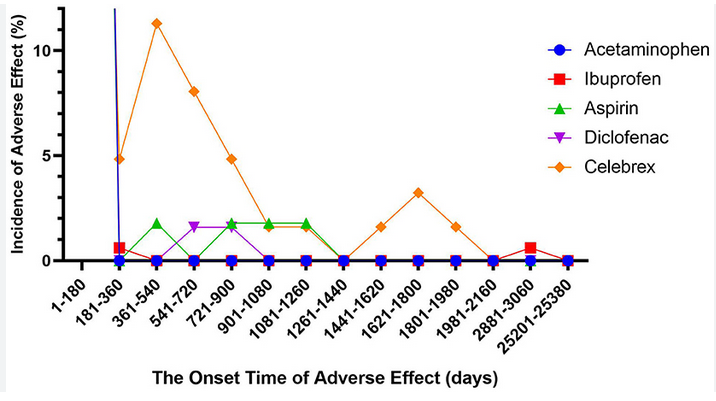Diclofenac Induced Toxic Epidermal Necrolysis: A Case Report
Main Article Content
Abstract
Toxic epidermal necrosis (TEN) is a potentially fatal cutaneous condition that is typically brought on by medication. One of the most frequent classes of medications linked to drug-induced TEN are non-steroidal anti-inflammatory medicines (NSAIDS)(1,2). Diclofenac is a recently developed NSAID that preferentially inhibits cyclooxygenase-2. It is frequently employed in the treatment of musculoskeletal conditions. In this report, a 80-year-old woman who received an IM diclofenac injection for bodily symptoms is described as having TEN caused by the drug.
Article Details
References
Gopalakrishnan, S., Ganeshkumar, P., & Katta, A. (2013). Assessment of prescribing practices among urban and rural general practitioners in Tamil Nadu. Indian journal of pharmacology , 45 (3), 252.
Ingrasciotta, Y., Sultana, J., Giorgianni, F., Menditto, E., Scuteri, A., Tari, M., ... & Trifiro’, G. (2019). Analgesic drug use in elderly persons: A population-based study in Southern Italy. PLoS One , 14 (9), e0222836.
Bushra, R., Shoaib, M. H., Naeem, M. I., & Aslam, N. (2013). Aceclofenac: A new effective and safe NSAID. International Journal of Drug Delivery Technology , 42 (4), 1.
Goutham, S., & Rajendran, N. (2019). Patterns of Cutaneous Drug Reactions: A Review. SBV J Basic, Clin Appl Heal Sci , 2 , 134-7.
Ludwig, C., Brinkmeier, T., & Frosch, P. J. (2003). Exudative erythema multiforme with transition to a toxic epidermal necrolysis after taking aceclofenac (Beofenac). Deutsche Medizinische Wochenschrift (1946) , 128 (10), 487-490.
Ameen, K. H. N., Pinninti, R., & Jami, S. (2013). Aceclofenac induced Stevens-Johnson/toxic epidermal necrolysis overlap syndrome. Journal of Pharmacology & Pharmacotherapeutics , 4 (1), 69.
World Health Organization (WHO), Uppsala Monitoring Centre. The use of the WHO-UMC system for standardized case causality assessment. WHO [online]. Available from URL: http://www.who- umc.org/graphics/4409.pdf [Accessed 2022 April 30]
Oakley, A. M., & Krishnamurthy, K. (2021). Stevens Johnson Syndrome. StatPearls [Internet] .
Cheng, L. (2021). Current pharmacogenetic perspective on stevens-johnson syndrome and toxic epi- dermal necrolysis. Frontiers in Pharmacology , 12 , 195.
Lee, H. Y., Walsh, S. A., & Creamer, D. (2017). Long-term complications of Stevens–Johnson syn- drome/toxic epidermal necrolysis (SJS/TEN): the spectrum of chronic problems in patients who sur- vive an episode of SJS/TEN necessitates multidisciplinary follow-up. British Journal of Dermatology , 177 (4), 924-935.

